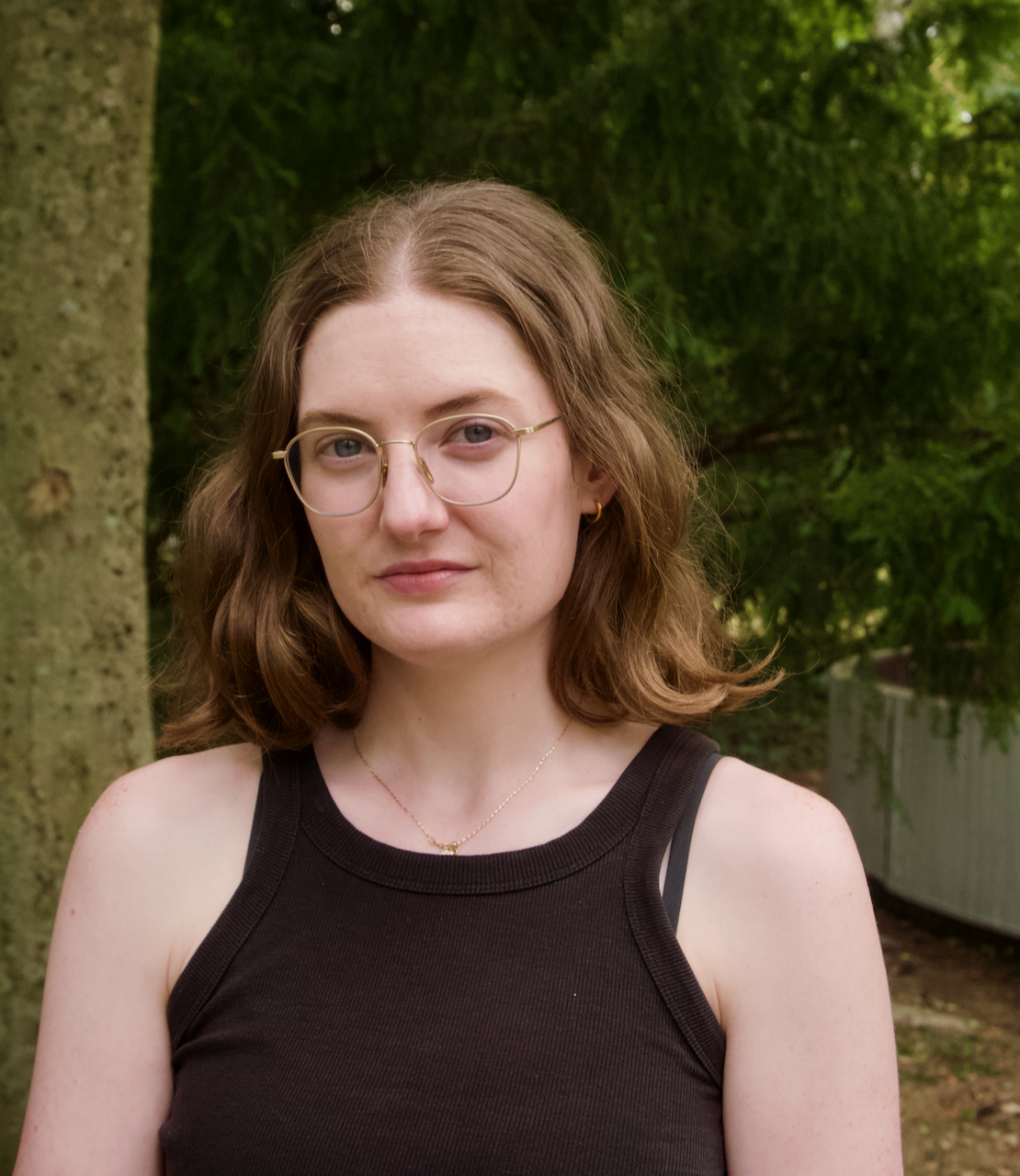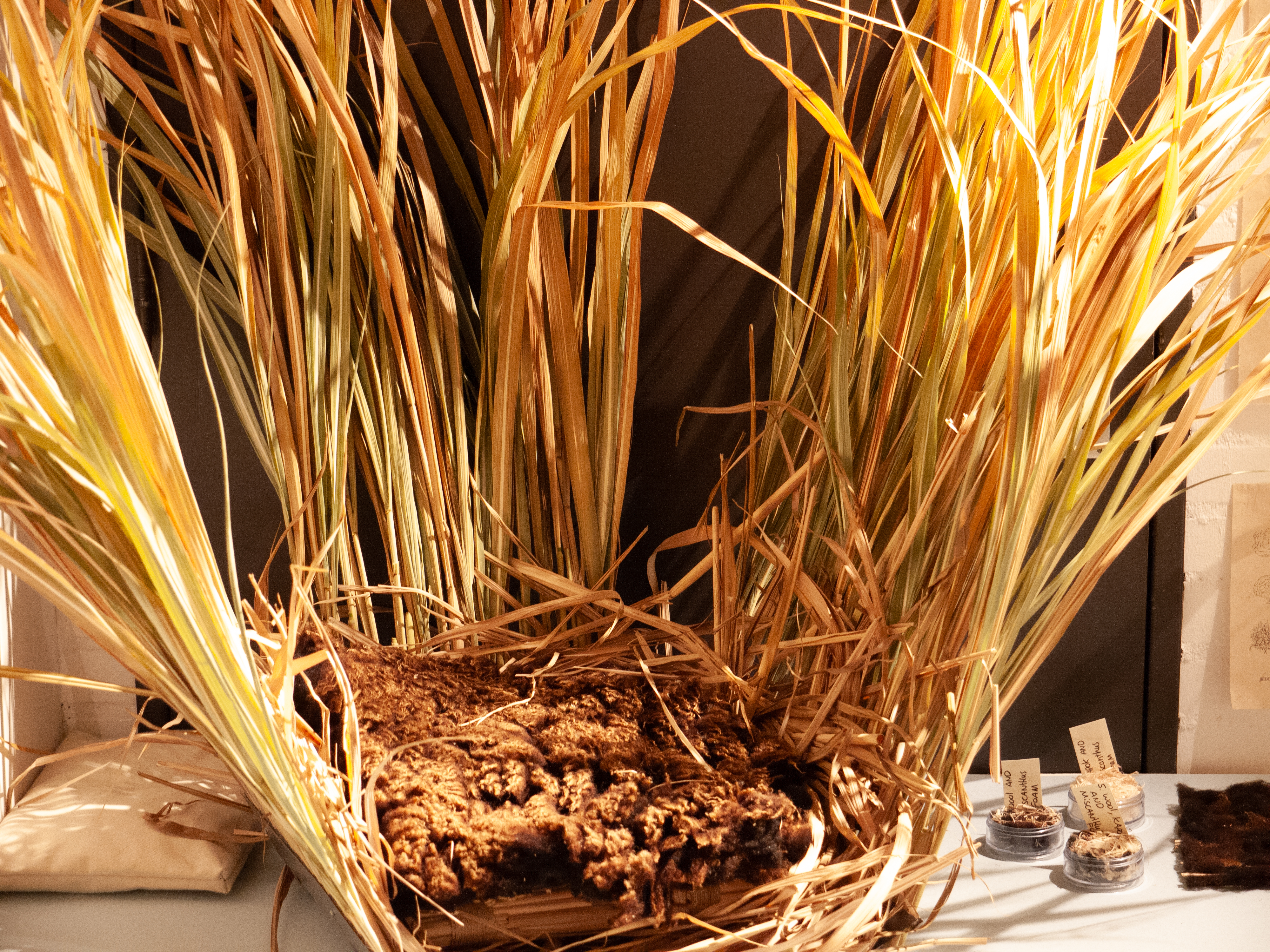Photography & DBKV (Teacher Training in Fine Arts and Design)
Naomi Jansen discovered photography when she was just fifteen, first capturing nature and then turning the lens on herself through self-portraits. What began as curiosity quickly became a way to understand the world and her place in it. After completing the Photography programme at the Grafisch Lyceum, she enrolled at KABK but soon realized it wasn't the right environment for her. Seeking a more open and supportive space, she transferred to the Willem de Kooning Academy, where she found room to experiment and grow.
Today, Naomi combines her roles as artist and educator. She teaches art at a secondary school while developing her own mixed-media projects that explore the body, science, and sensory experience. Her work often moves between photography, ceramics, sound, and poetry, and examines intimate themes such as illness, loss, and transformation.
How did you end up at WdKA? Why photography?
I started taking photos when I was around fifteen, mostly nature photography and self-portraits. After that, I studied Photography at the Grafisch Lyceum. I then tried studying at KABK for a year, but it didn't feel like the right place for me. The atmosphere wasn't what I needed.
When I switched to WdKA, it immediately felt different. The teachers take on a coaching role, and that was incredibly helpful. I also really liked how open the academy is—you can work across departments and experiment freely. That sense of freedom suited me perfectly.
After my graduation and the world and creative industry I wanted to work in stood still, I decided to follow the Teacher Training programme (DBKV) at WdKA.
How did DBKV enrich your artistic practice?
DBKV taught me a lot about identity and boundaries. When you stand in front of a class, you're not just yourself—you step into a professional role. That took me some time to understand.
After graduating from the photography department, I actually stopped doing photography for quite a while. But I really missed it. During my DBKV internship teaching MBO Photography, I rediscovered that creative spark. Guiding students reminded me of why I fell in love with photography in the first place.
During my internship and graduation year, I said yes to everything and completely burned myself out. Since then, I've learned to divide my energy wisely and to say no when needed, even to fun projects. It's one of the most valuable lessons I've learned.
What was your time like at the academy?
It was a very fun and inspiring time. I spent a lot of time outside with my camera, experimenting and observing. Looking back, I wish I had explored more of the stations, because there's so much to learn from each one.
What I appreciated most was the freedom to develop my own ideas while being surrounded by people who constantly inspired me. The coaching from teachers was incredibly valuable. That kind of support helps you grow, both personally and artistically.
What was your graduation project about?
My graduation work focused on the relationship between science and the human body. I've always been fascinated by that connection. My graduation project was about skin cancer and in my second year I did a project about tinnitus.
It started with small experiments: for example, I asked people with tinnitus to describe the sounds they hear and then translated those descriptions into visual forms through photography.
More recently, my work has expanded beyond photography to embrace mixed media. For example, one project explores my mother’s illness through rituals, craft, and memories, while another delves into the intimacy of dying, incorporating materials such as clay, linen, and flax.
How did you navigate life after graduation?
After graduation, I joined the Lighthouse program for emerging photography talent, which helped me continue developing my projects. Then the pandemic happened, and everything stopped. Museums closed, exhibitions were cancelled, and suddenly there was a lot of uncertainty. That's when I decided to pursue DBKV. It offered stability, but also a way to keep connecting with art.
Now I teach art at a VMBO two days a week and focus on my own art practice the rest of the time. Teaching and making art really go hand in hand. People sometimes say you can't be both an artist and a teacher, but I think they strengthen each other—if you find the right balance.
I keep a journal filled with moments from the classroom: quotes from students, funny stories, and small ideas. Those notes often inspire my artistic work. And it's incredibly rewarding when a student who doesn't think they're creative ends up making something beautiful. That's what I love most about teaching
What was the most valuable part of your time at WdKA?
The most valuable part was definitely the coaching and the freedom to explore who I am as a person and as an artist. WdKA taught me how to reflect, how to develop ideas conceptually, and how to trust my own process.
I also appreciated how open the academy was: It made me realize how powerful it is to bring art beyond the classroom and share it with others.\
What advice would you give to current WdKA students who want to follow a similar path?
Set clear boundaries and protect your energy. When you're freshly graduated, it's easy to say yes to everything, but staying true to yourself is far more important.
Keep creating, even when life gets busy. Don't wait for the perfect moment. Set deadlines for yourself, because after graduation no one else will do it for you. Discipline helps, but so does curiosity. Keep experimenting, and the balance between art and life will follow naturally.


